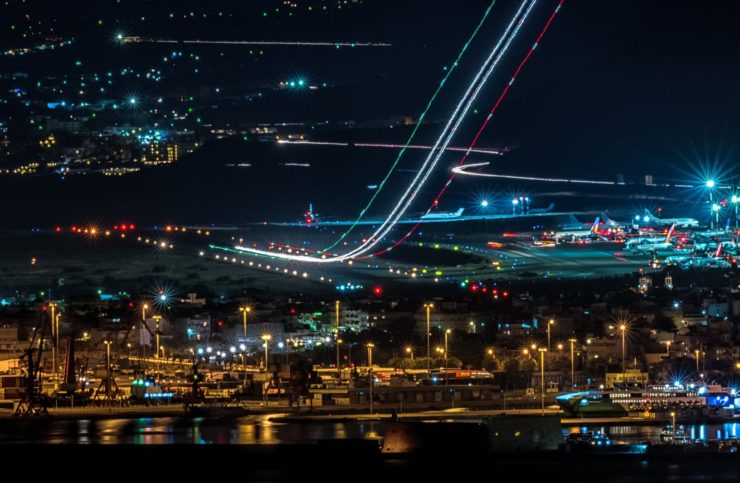Drone Superhighway Proposed By Amazon, Google, Boeing & More

Amazon and Google are going ahead with plans to create their own air traffic control systems so their drones can deliver packages seamlessly. The network will be privately funded and will operate autonomously from federal networks. The project was described at a conference and is backed by some of the major technology players such as Amazon, Boeing, General Electric, and Google to name a few. The network will use automated processes to monitor and stop collisions amid thousands of drones, several hundred of feet above the ground.
Amazon proposed that a segment of airspace above every city should be allocated to the network for delivery purposes. This move will create some kind of a ‘drone superhighway’ and will be the next step in Amazon’s grand plan to deliver parcels to customers within 30 minutes of placing an order. The concept is also in tune with Google’s plans which includes ensuring that all drones are able to broadcast their positions to a central control tower, which will be used by all drone operators, just like an airplane command tower.
In agreement with NASA, test flights are already being planned for the next three months at different locations. The purpose is to create a completely new process stated Parimal Kopardekar, a senior air-transport technologist at NASA. In the plans for this drone superhighway, there will be a different, slower lane for local drone traffic flying below 200ft and a faster lane for drones that have a longer distance to travel. These drones will be flying between 200ft and 400ft high. Altitudes between 400ft and 500ft will become classified as a no-fly zone.
The test flights are supposed to help in developing a better process on how these drones will function on a network and communicate with one another to prevent collision or traffic jams. Actual deployment of these drone superhighways may take up to two years or even longer with many engineering and regulation hurdles still left to be settled. There have been many close calls between drones and even aircraft so safety is a priority.
Gur Kimchi is head of drone delivery at Amazon and he suggested that drones should be limited to staying within 400 feet from the ground. He also added that since the technology is already available, they don’t have to do anything but simply try to resolve any communication conflicts. Sensors were developed for self sufficient equipment and in this case, it will help drone operators in detecting and circumventing collisions while providing the necessary tools to make successful deliveries.
|